Home>Garden Essentials>How Much Weight Can A Rooftop Garden Hold?
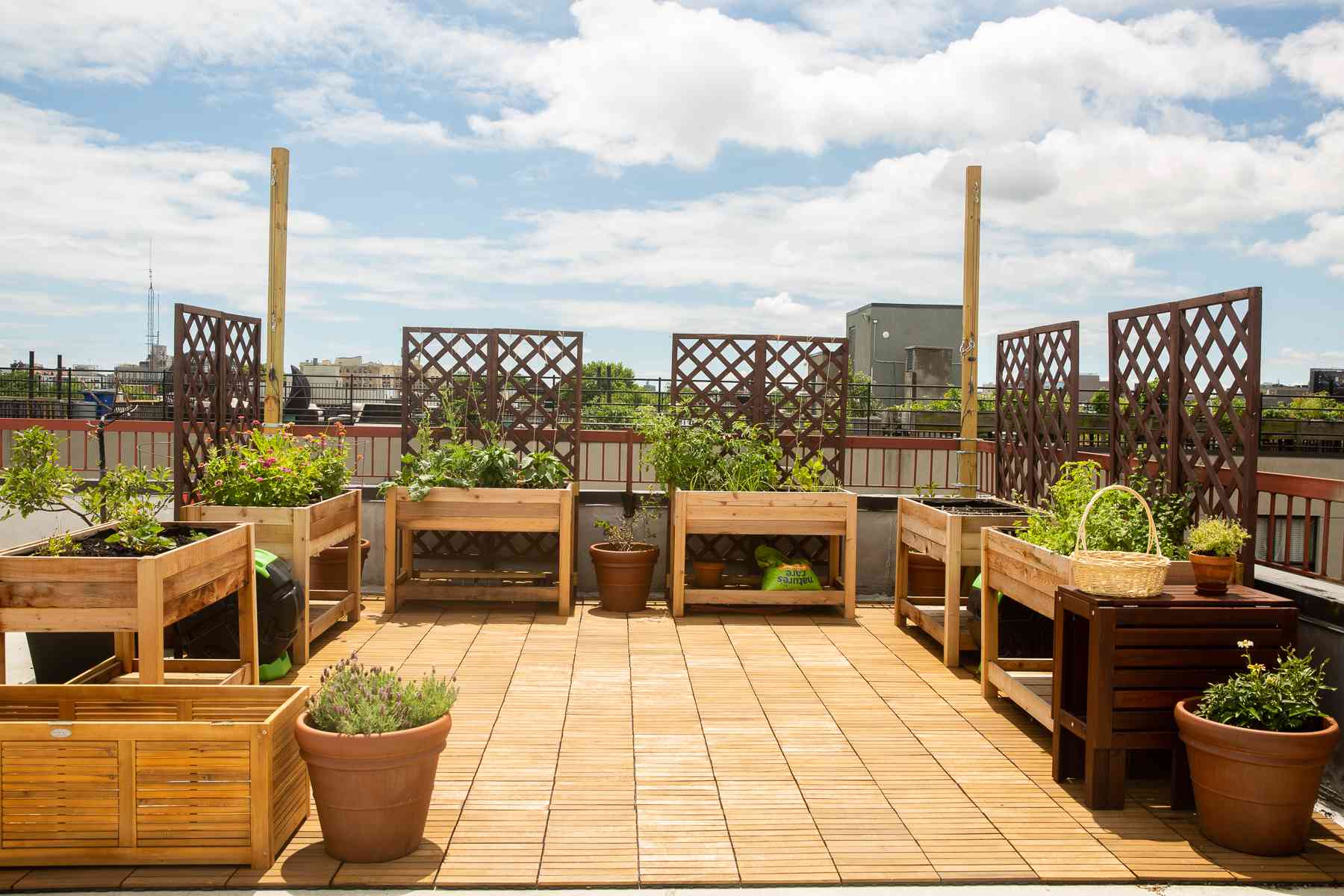

Garden Essentials
How Much Weight Can A Rooftop Garden Hold?
Modified: March 7, 2024
Discover the weight capacity of rooftop gardens and learn how to ensure a sturdy and safe garden. Maximize your garden potential with expert tips and advice.
(Many of the links in this article redirect to a specific reviewed product. Your purchase of these products through affiliate links helps to generate commission for Storables.com, at no extra cost. Learn more)
Introduction
A rooftop garden is a wonderful addition to any urban space, providing a green oasis amidst concrete and steel. Whether you have a commercial building or a residential property, a rooftop garden brings numerous benefits, from improving air quality to reducing energy costs. However, before transforming your rooftop into a mini-paradise, it’s crucial to understand how much weight it can safely hold.
The weight capacity of a rooftop garden depends on various factors, including the structural integrity of the building, the type of roofing material, and the design of the garden itself. By taking these factors into consideration and implementing proper safety measures, you can ensure that your rooftop garden is both visually stunning and structurally sound.
In this article, we will explore the key factors that affect the weight capacity of a rooftop garden, discuss different types of rooftop gardens and their weight limitations, and offer practical guidance on calculating the weight limit for your specific rooftop space.
So, if you’re ready to dive into the world of rooftop gardens and learn about their weight capacities, let’s get started!
Key Takeaways:
- Before creating a rooftop garden, consider the building’s structure, roofing material, and design elements to ensure it can support the garden’s weight. Consult professionals and follow safety measures for a secure and beautiful rooftop oasis.
- Different types of rooftop gardens have varying weight capacities, so choose the one that aligns with your building’s capabilities. Use lightweight materials, monitor load distribution, and follow local building codes for a safe and sustainable rooftop garden.
Read more: How Much Weight Can Attic Hold
Factors Affecting the Weight Capacity of a Rooftop Garden
When planning a rooftop garden, it’s crucial to consider the factors that can influence its weight capacity. Understanding these factors will not only help you determine the maximum load your rooftop can bear but also allow you to make informed decisions when designing and installing your garden. Here are some key factors to consider:
- Building Structure: The structural integrity of the building is the foundation of any rooftop garden. The building must be able to withstand the additional weight of the garden, including the soil, plants, and any additional structures like pathways or seating areas. Consult with a structural engineer to ensure that your building is capable of supporting the intended weight.
- Type of Roof: The type of roof you have will greatly impact the weight capacity. Flat roofs are generally more suitable for rooftop gardens as they provide a stable and level surface. Pitched or sloped roofs may not be as ideal, as they can pose challenges in terms of drainage and safety.
- Roof Access: Consider how you will access the rooftop garden. Adding a staircase or elevator will require additional structural support and impact the weight capacity. If you plan on using heavy equipment or machinery for maintenance, factor that into your weight calculations as well.
- Soil and Irrigation: The type of soil and the irrigation system you choose will affect the weight of your rooftop garden. The soil should be lightweight, well-draining, and specifically designed for rooftop gardens. Similarly, the irrigation system should be efficient and tailored to the needs of the plants, without adding unnecessary weight.
- Plant Selection: The type of plants you choose can significantly impact the weight of your rooftop garden. Opt for lightweight and low-maintenance plants that require minimal soil depth, as this will reduce the overall load on the rooftop.
- Add-On Structures: Additional structures, such as pergolas, trellises, seating areas, or greenhouses, can enhance the functionality and beauty of a rooftop garden. However, they also add weight to the overall structure and need to be accounted for in your weight calculations.
By considering these factors in the planning and design stage, you can ensure that your rooftop garden remains structurally sound and within the weight limits of your building.
Structural Considerations for Rooftop Gardens
Creating a rooftop garden requires careful consideration of the structural elements to ensure the safety and long-term stability of the building. Here are some key structural considerations you should keep in mind:
- Building Evaluation: Before starting any rooftop garden project, it is essential to have a professional structural engineer evaluate the building’s integrity. They will assess the load-bearing capacity of the existing structure and determine if any reinforcements or modifications are necessary to support the additional weight of the garden.
- Foundation and Roof: The foundation and roof of the building play a crucial role in the stability of a rooftop garden. The building’s foundation should be able to support the increased load, while the roof should have sufficient structural strength to handle the weight of the garden components, including soil, planters, and water features.
- Waterproofing: Proper waterproofing is essential to protect the building from water infiltration and damage. A high-quality waterproofing membrane should be installed to prevent water from seeping into the building’s structure. It is important to work with professionals experienced in rooftop garden installations to ensure a proper waterproofing system.
- Drainage: Adequate drainage is crucial for a rooftop garden to prevent water accumulation and potential damage to the building. A well-designed drainage system should be implemented to carry excess water away from the rooftop and prevent water pooling, which can increase the load on the building.
- Wind Considerations: Rooftop gardens are exposed to higher wind speeds compared to ground-level gardens. The garden design should consider wind loads and include measures to minimize the wind’s impact on the rooftop plants, structures, and the building itself. Windbreaks, such as walls or protective barriers, can help reduce the wind’s force and protect the garden components.
- Structural Attachments: Any structures or fixtures, such as pergolas, trellises, or seating areas, that are added to the rooftop garden should be securely attached to the building’s structure. These attachments need to be properly designed and constructed to ensure they can withstand the weight and forces exerted on them.
It’s important to consult with professionals, such as structural engineers, architects, and rooftop garden specialists, to ensure that all necessary structural considerations are addressed. By doing so, you can create a rooftop garden that not only adds beauty and functionality to your space but also maintains the structural integrity of the building.
Types of Rooftop Gardens and Their Weight Capacities
Rooftop gardens come in various forms, each with its own design, purpose, and weight capacity. Understanding the different types of rooftop gardens can help you determine which one is best suited for your building’s weight-bearing capacity. Here are some common types of rooftop gardens and their weight capacities:
- Extensive Green Roofs: Extensive green roofs are designed with a thin layer of lightweight soil and low-growing vegetation, such as sedums and grasses. These types of green roofs have a relatively low weight capacity requirement and are ideal for structures with limited load-bearing capacity. They typically weigh between 15-50 pounds per square foot (psf).
- Intensive Green Roofs: Intensive green roofs have a deeper layer of soil and support a wider variety of plants, including shrubs, small trees, and even vegetables. They offer more design possibilities and can create a lush garden environment. However, due to their heavier soil and larger plants, intensive green roofs can weigh between 80-150 psf, making them suitable for buildings with higher load-bearing capacity.
- Rooftop Gardens with Containers: Container gardens are a popular choice for rooftop gardens, as they offer flexibility and ease of installation. The weight capacity for rooftop gardens with containers varies depending on the size, number, and type of containers used. Lightweight containers made from materials like plastic or fiberglass are recommended to minimize the overall weight. Ensure that the building can support the weight of the containers, soil, and plants.
- Elevated Deck or Patio Gardens: An elevated deck or patio garden involves constructing a raised platform or deck on the rooftop to create a dedicated garden space. The weight capacity requirements for this type of rooftop garden depend on the materials used for construction, such as wood, metal, or composite decking. Consult with a professional to ensure that the structural elements of the deck or patio meet the weight-bearing necessities.
- Hydroponic or Aeroponic Gardens: Hydroponic and aeroponic systems are soil-less growing techniques that use water and nutrients to cultivate plants. These systems are lightweight and typically have a lower weight capacity requirement compared to traditional soil-based rooftop gardens. However, it’s essential to factor in the weight of the water containers, piping, and equipment when considering the load-bearing capacity.
It’s important to remember that weight capacities can vary depending on the specific building structure and local building codes. Always consult with professionals, such as structural engineers or rooftop garden specialists, to determine the weight limits for your specific rooftop garden project.
Before starting a rooftop garden, consult with a structural engineer to ensure the roof can support the weight. Factors like soil, plants, and water can add up quickly.
Load-Bearing Capacity of Different Roofing Materials
The choice of roofing material plays a significant role in determining the load-bearing capacity of a rooftop garden. Different roofing materials have varying abilities to support the weight of the garden components and must be considered when planning your rooftop garden. Here are some commonly used roofing materials and their load-bearing capacities:
- Concrete Roofs: Concrete roofs are known for their exceptional load-bearing capacity. They are designed to support heavy loads and are commonly found in commercial buildings. Concrete roofs can often accommodate extensive and intensive green roofs, as well as other types of rooftop gardens, depending on their structural design.
- Metal Roofs: Metal roofs, such as steel or aluminum, are lightweight yet robust. They have good load-bearing capacities and are suitable for various types of rooftop gardens. However, it’s important to ensure that the metal roof is properly reinforced to handle the weight of the garden components and any additional load.
- Flat Roof Membrane Systems: Flat roof membrane systems, like EPDM (ethylene propylene diene monomer), TPO (thermoplastic olefin), or PVC (polyvinyl chloride), are commonly used in both commercial and residential buildings. These roofing materials have moderate load-bearing capacities and are suitable for extensive and lightweight rooftop gardens. However, it’s essential to consult with a professional to determine the specific weight limits for your particular membrane system.
- Modified Bitumen Roofs: Modified bitumen roofs are made from asphalt and have good load-bearing capacities. They are a common roofing material used in commercial buildings and can generally support extensive and intensive green roofs. However, proper care must be taken during installation to ensure the roof is capable of handling the additional weight.
- Green Roofs with Vegetated Mat Systems: Some roofing systems feature pre-grown vegetated mat systems, where the vegetation is already established on a mat and installed on the roof. These systems are lightweight and designed specifically for green roofs. They have low load-bearing capacities and are suitable for extensive green roofs with minimal soil depths.
When planning a rooftop garden, it’s important to consider the load-bearing capacity of your specific roofing material. Consult with a roofing professional or structural engineer to determine the weight limits and ensure that your chosen roofing material can support the intended garden design and components.
Read more: How Much Weight Can A Ladder Hold
Calculating the Weight Limit for a Rooftop Garden
Calculating the weight limit or load-bearing capacity of a rooftop garden is a crucial step in the planning process. It ensures that the building’s structure can safely support the weight of the garden components, preventing any potential structural damage or safety hazards. Here are some steps to help you calculate the weight limit for your rooftop garden:
- Consult with a Structural Engineer: To accurately determine the weight limit of your rooftop garden, it’s best to consult with a structural engineer who specializes in rooftop gardens. They will assess the existing building structure and provide expert guidance on the maximum load it can bear.
- Assess the Building Design: Evaluate the building’s original design specifications, including the load-bearing capacity indicated in the architectural drawings. These documents can provide a baseline for determining the weight limit of the rooftop garden.
- Weigh Garden Components: Estimate the weight of each garden component, such as soil, planters, irrigation systems, furniture, and any additional structures. Consult product specifications and consider using a scale if necessary. Be sure to include the weight of water, which can vary depending on the irrigation system used.
- Calculate Total Weight: Sum up the weight of all the garden components to determine the total weight of the rooftop garden. Keep in mind that this weight should not exceed the calculated weight limit of the building’s structure.
- Factor in Live Loads: Consider the dynamic or live loads that may occur on the rooftop garden, such as the weight of people walking, maintenance equipment, or snow accumulation in colder climates. These loads should also be accounted for in the weight calculations.
- Consider Safety Margins: To ensure safety, it’s advisable to include safety margins or factors of safety in your calculations. These margins account for unforeseen circumstances and provide an extra level of protection for the rooftop garden and the building’s structural integrity.
- Get Professional Advice: While these steps can help you estimate the weight limit of your rooftop garden, it’s crucial to rely on the expertise of professionals. Reach out to structural engineers, architects, or rooftop garden specialists who can provide accurate calculations based on your specific building and garden design.
By following these steps and seeking professional guidance, you can determine the weight limit for your rooftop garden and ensure the safety and stability of your building.
Safety Measures for Ensuring a Rooftop Garden’s Weight Capacity
When it comes to rooftop gardens, safety should always be a top priority. Ensuring that your rooftop garden stays within its weight capacity is crucial to maintaining the structural integrity of the building and preventing any potential accidents. Here are some key safety measures to consider when it comes to the weight capacity of a rooftop garden:
- Consult Professionals: Work with professionals experienced in rooftop garden installations, such as structural engineers or rooftop garden specialists. They can assess the building’s structural capacity, provide expert advice on weight limits, and ensure that the garden design is compatible with the building’s structure.
- Follow Local Building Codes and Regulations: Familiarize yourself with the local building codes and regulations that govern rooftop gardens. These guidelines will outline specific requirements for weight loads and other safety considerations. Make sure your garden design complies with these regulations to ensure a safe and legal installation.
- Choose Lightweight Materials: Opt for lightweight materials when designing your rooftop garden. This includes using lightweight soil blends, lightweight planters, and alternative materials like fiberglass or plastic for containers and structures. By reducing the overall weight, you can lessen the burden on the building’s structure.
- Consider Rainwater Retention: Design your rooftop garden to include effective rainwater retention and drainage systems. Water accumulation can significantly increase the weight load on the rooftop. Implementing proper drainage ensures that excess water is carried away, minimizing the additional weight on the building.
- Maintain Regular Inspections: Conduct regular inspections and maintenance of your rooftop garden to monitor its condition and ensure it remains within the weight capacity limits. Regularly check for signs of structural stress, such as cracks, sagging, or water damage. If any issues are detected, consult with a professional to address them promptly.
- Monitor Load Distribution: When distributing the weight of the garden components, spread the load evenly across the rooftop. Concentrated areas of weight can cause imbalances and put excessive stress on specific areas of the building’s structure. Properly distribute the planters, structures, and other elements to minimize any localized weight concentration.
- Limit Access: Restrict access to the rooftop garden, particularly to individuals who are not aware of the weight capacity limits. Implement safety measures, such as installing barriers or signage, to prevent individuals from adding excessive weight or causing unnecessary stress to the rooftop garden.
- Regularly Monitor Weight: Periodically check the weight of your rooftop garden to ensure that it remains within the predetermined weight limits. If you plan to make any significant changes or additions to the garden, consult with professionals to calculate the potential impact on the weight load and structural capacity.
By implementing these safety measures and adhering to weight capacity guidelines, you can ensure a secure and stable rooftop garden while minimizing any potential risks or damage to the building.
Conclusion
Rooftop gardens are a beautiful and sustainable way to transform unused urban spaces into thriving green oases. However, it’s crucial to understand the weight capacity of your rooftop before embarking on a garden project. By taking into consideration factors such as building structure, roofing materials, and design elements, you can ensure a safe and structurally sound rooftop garden.
Consulting with professionals like structural engineers, architects, or rooftop garden specialists is essential in determining the weight-bearing capacity of your rooftop. These experts can provide expert advice based on your specific building design and local building codes. Their guidance can save you from potential structural damage and safety hazards.
When planning your rooftop garden, consider the different types of rooftop gardens available, each with its own weight capacity. Extensive green roofs, intensive green roofs, container gardens, rooftop decks or patios, and hydroponic or aeroponic gardens all have different weight requirements that need to be factored in.
Additionally, understanding the load-bearing capacity of different roofing materials is crucial. Concrete roofs, metal roofs, flat roof membrane systems, modified bitumen roofs, and green roofs with vegetated mat systems all have different weight limits that should be taken into account when designing your garden.
Calculating the weight limit of your rooftop garden involves assessing the building structure, estimating the weight of garden components, considering live loads, and factoring in safety margins. Seeking professional advice and following local building codes ensure that your weight calculations are accurate and that safety is prioritized.
Finally, implementing safety measures like working with lightweight materials, maintaining regular inspections, monitoring load distribution, and limiting access to the rooftop garden can further safeguard its weight capacity and the structural integrity of your building.
By considering these factors and implementing safety measures, you can create a rooftop garden that not only adds beauty and functionality to your space but also remains within the weight-bearing capacity of your building. Enjoy the process of creating your rooftop oasis while ensuring the safety and longevity of your rooftop garden.
Frequently Asked Questions about How Much Weight Can A Rooftop Garden Hold?
Was this page helpful?
At Storables.com, we guarantee accurate and reliable information. Our content, validated by Expert Board Contributors, is crafted following stringent Editorial Policies. We're committed to providing you with well-researched, expert-backed insights for all your informational needs.

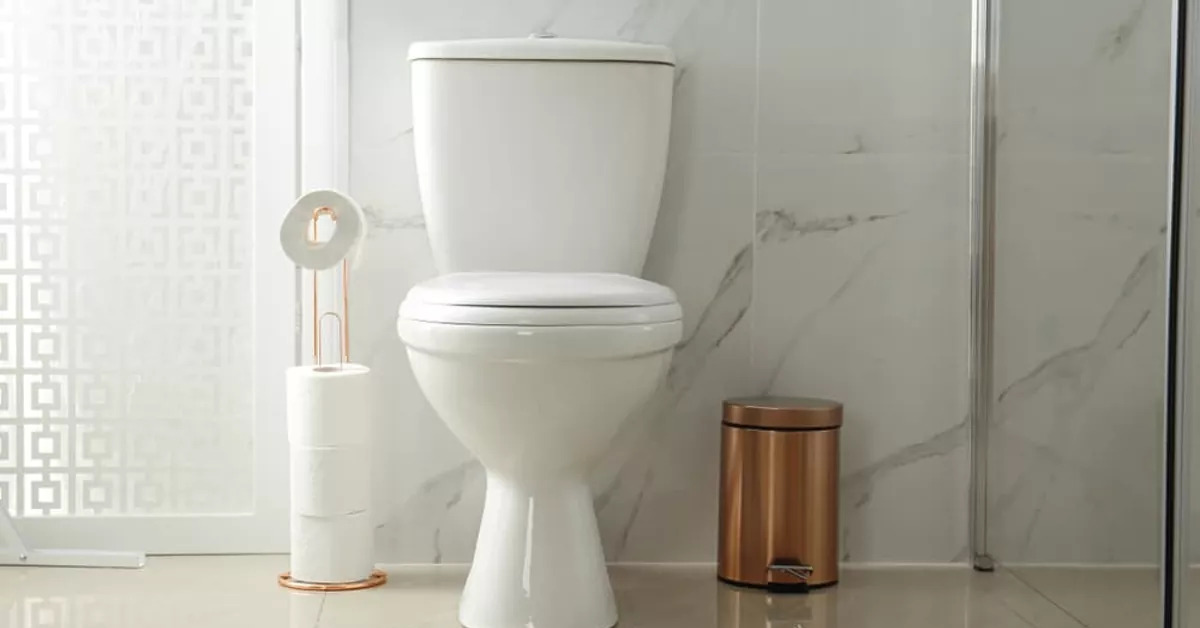
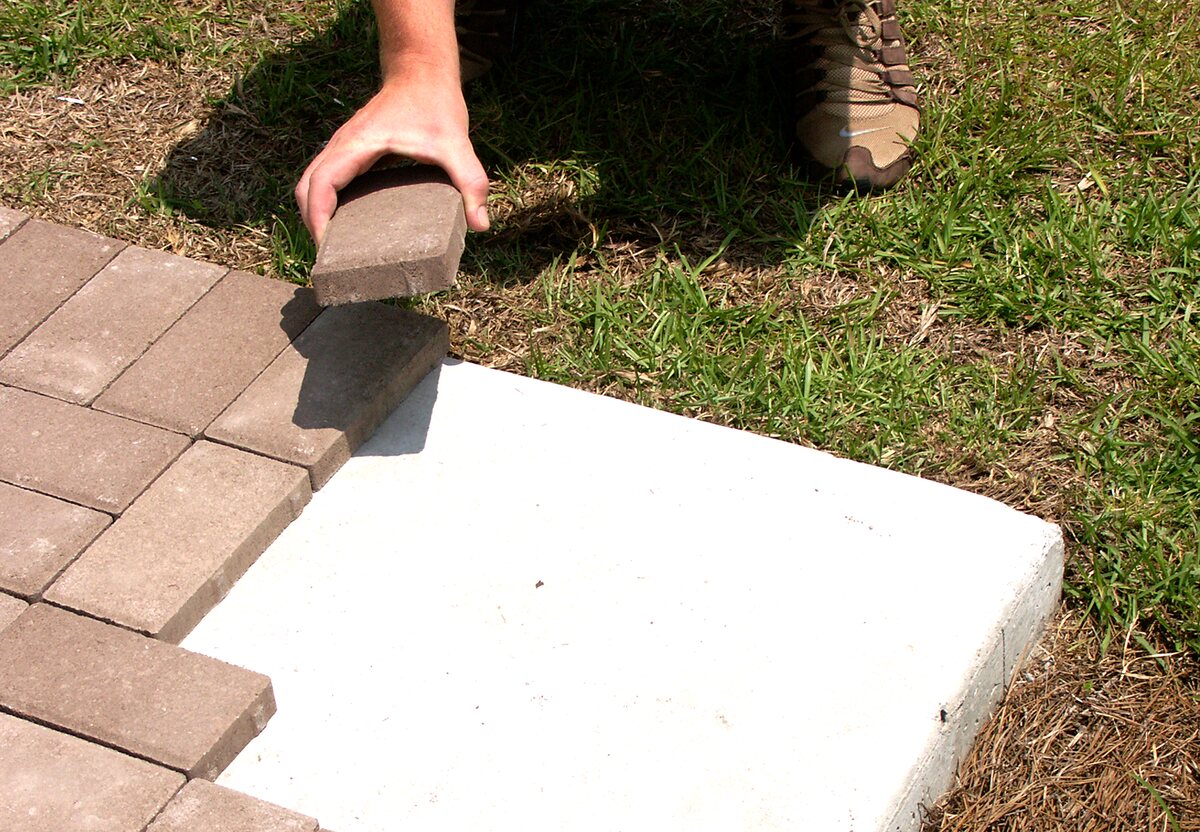
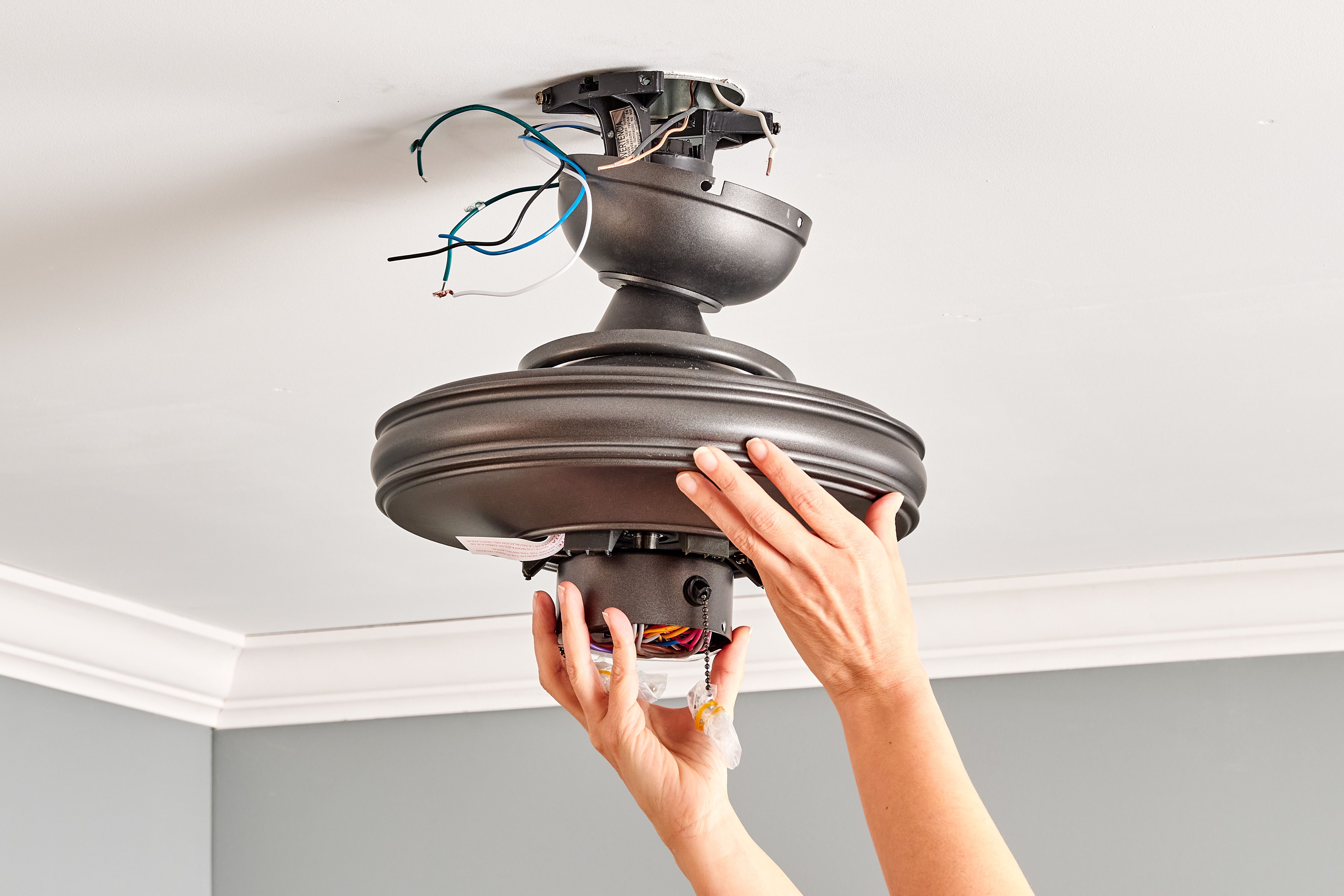
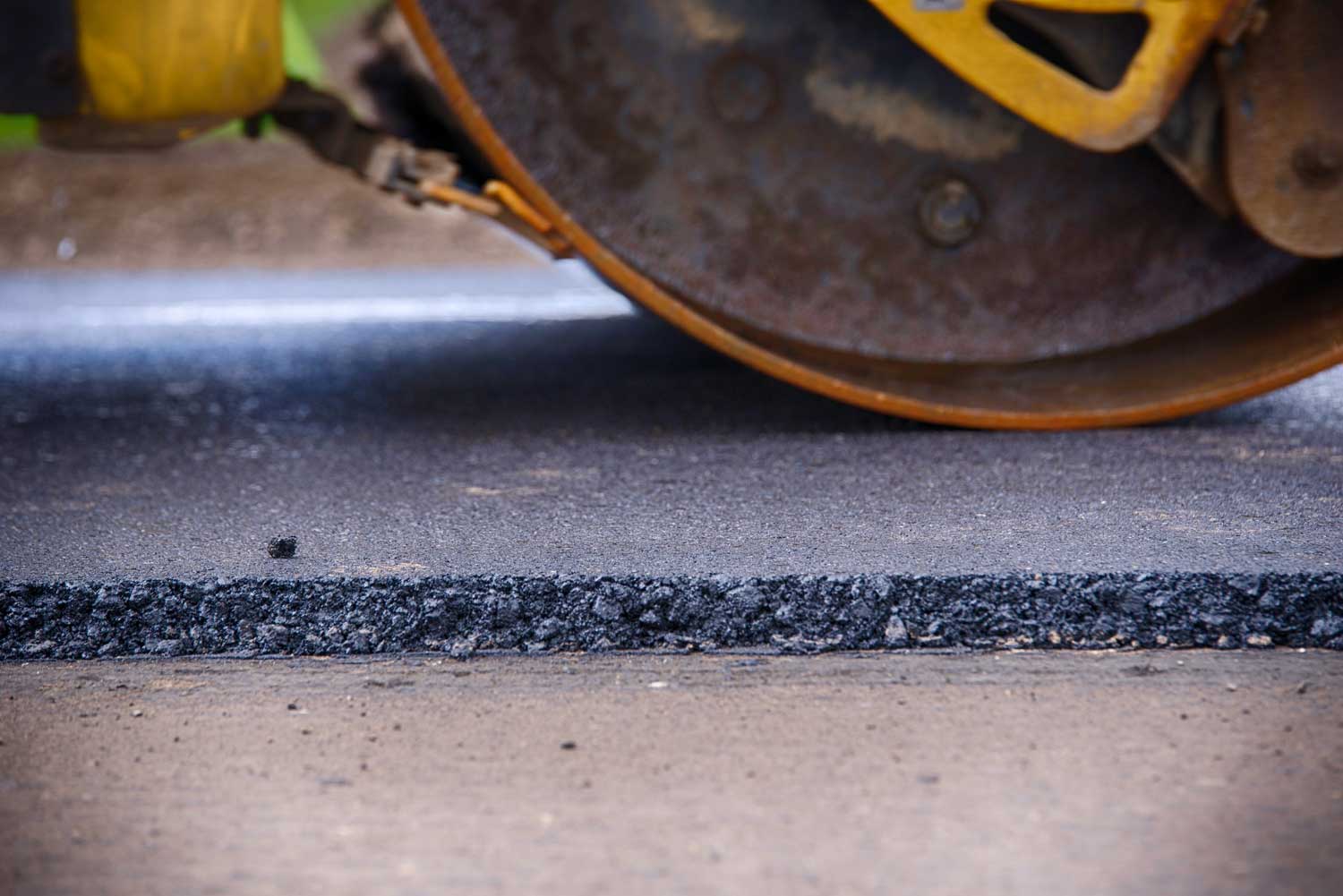
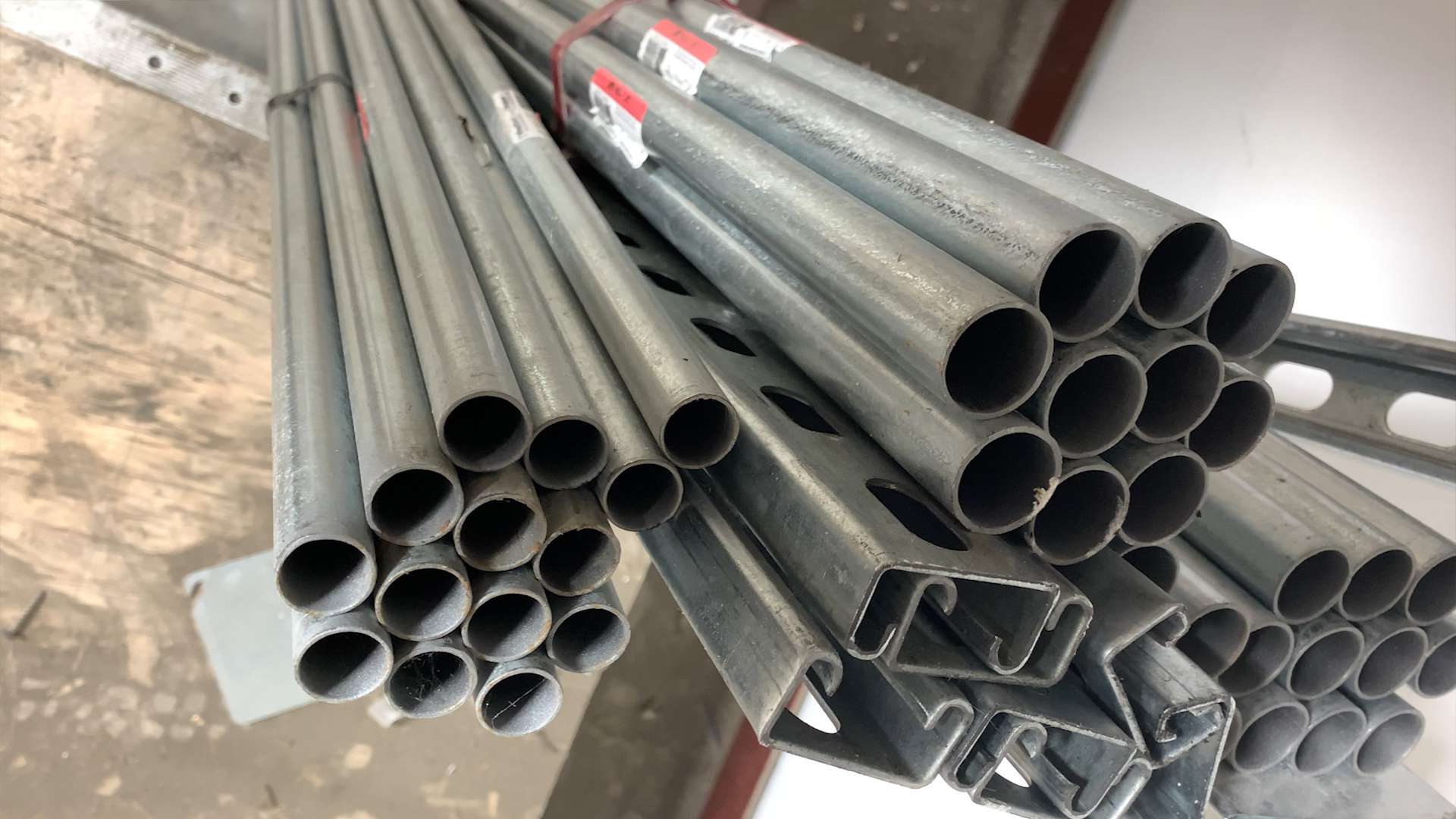




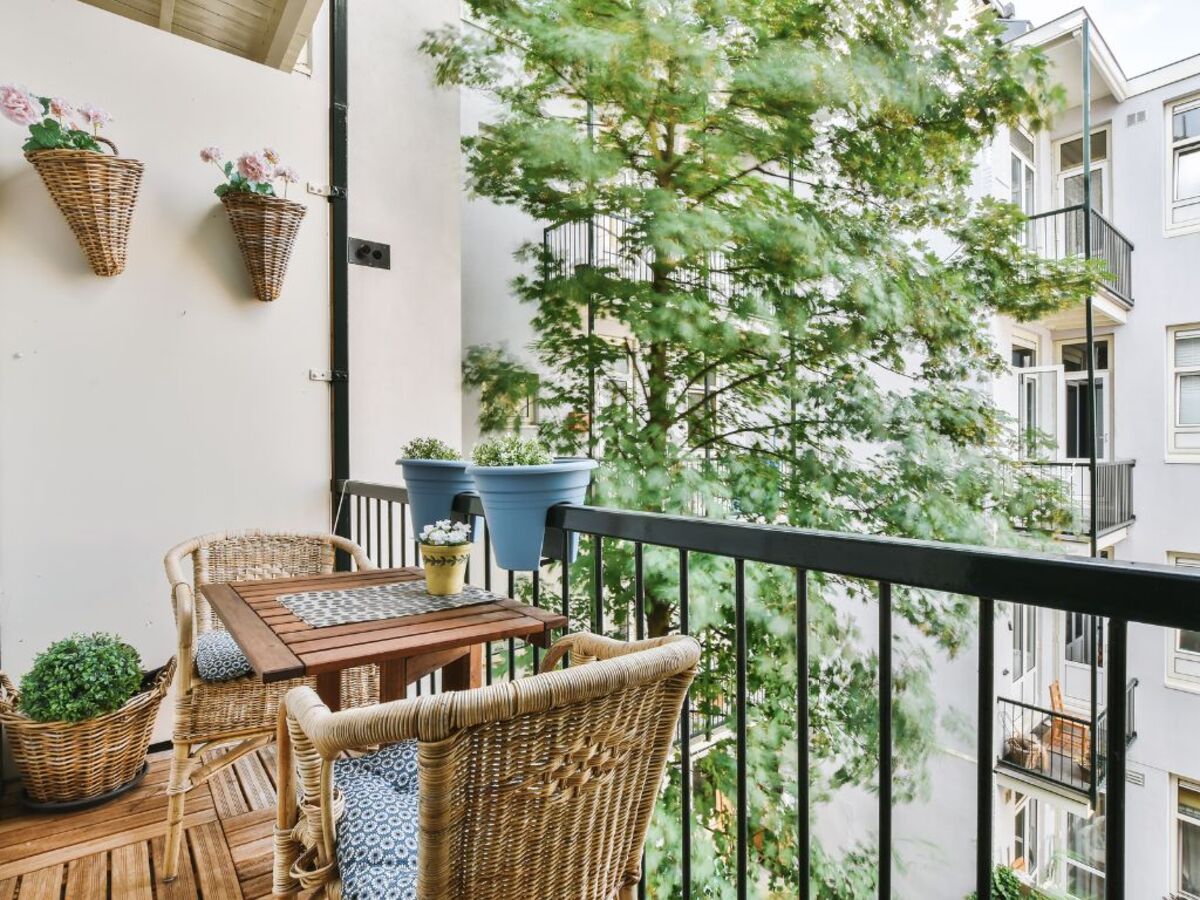
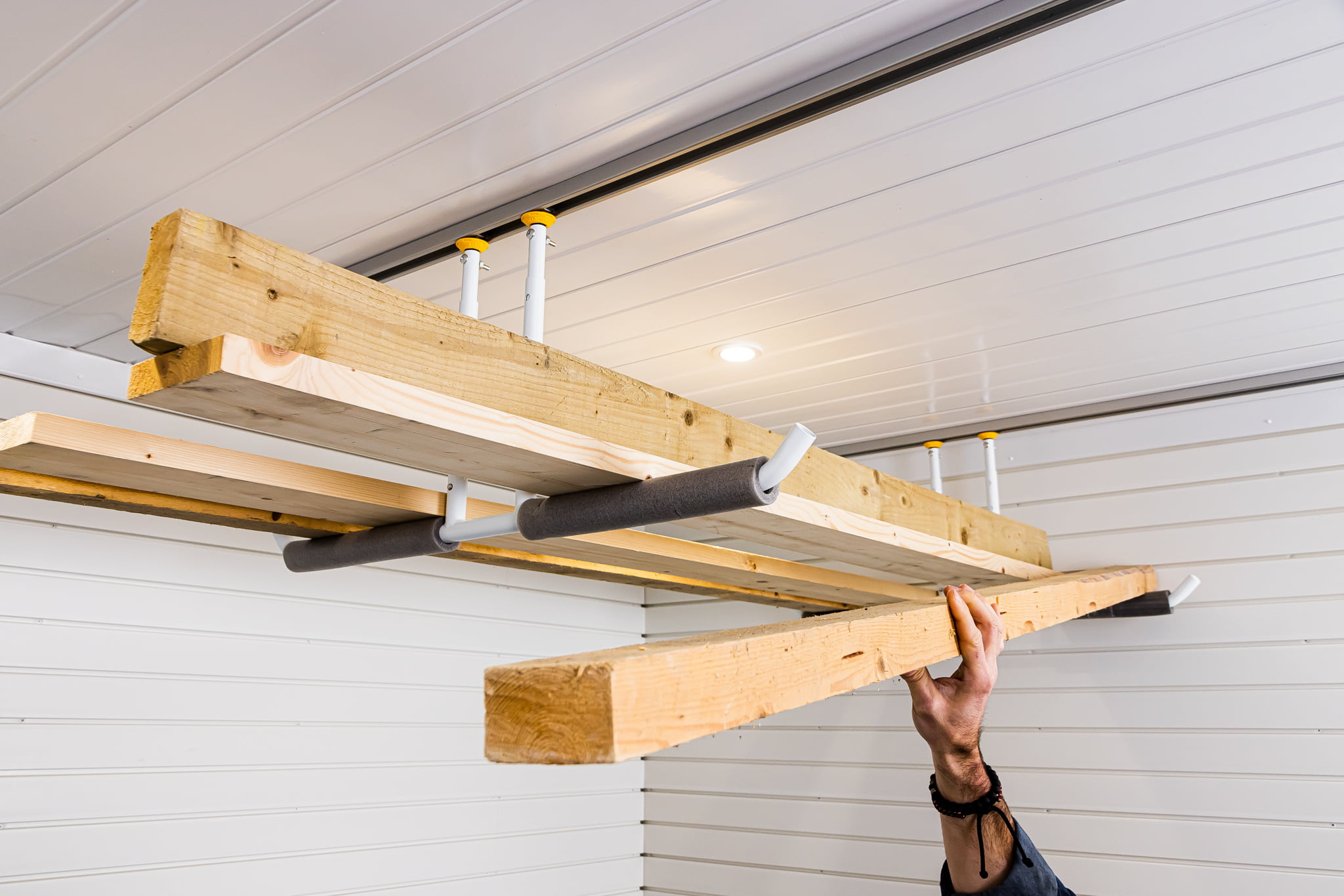



0 thoughts on “How Much Weight Can A Rooftop Garden Hold?”